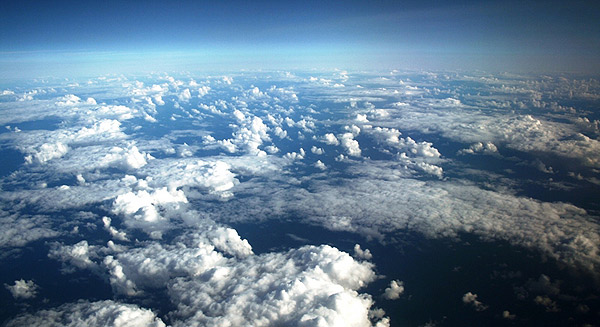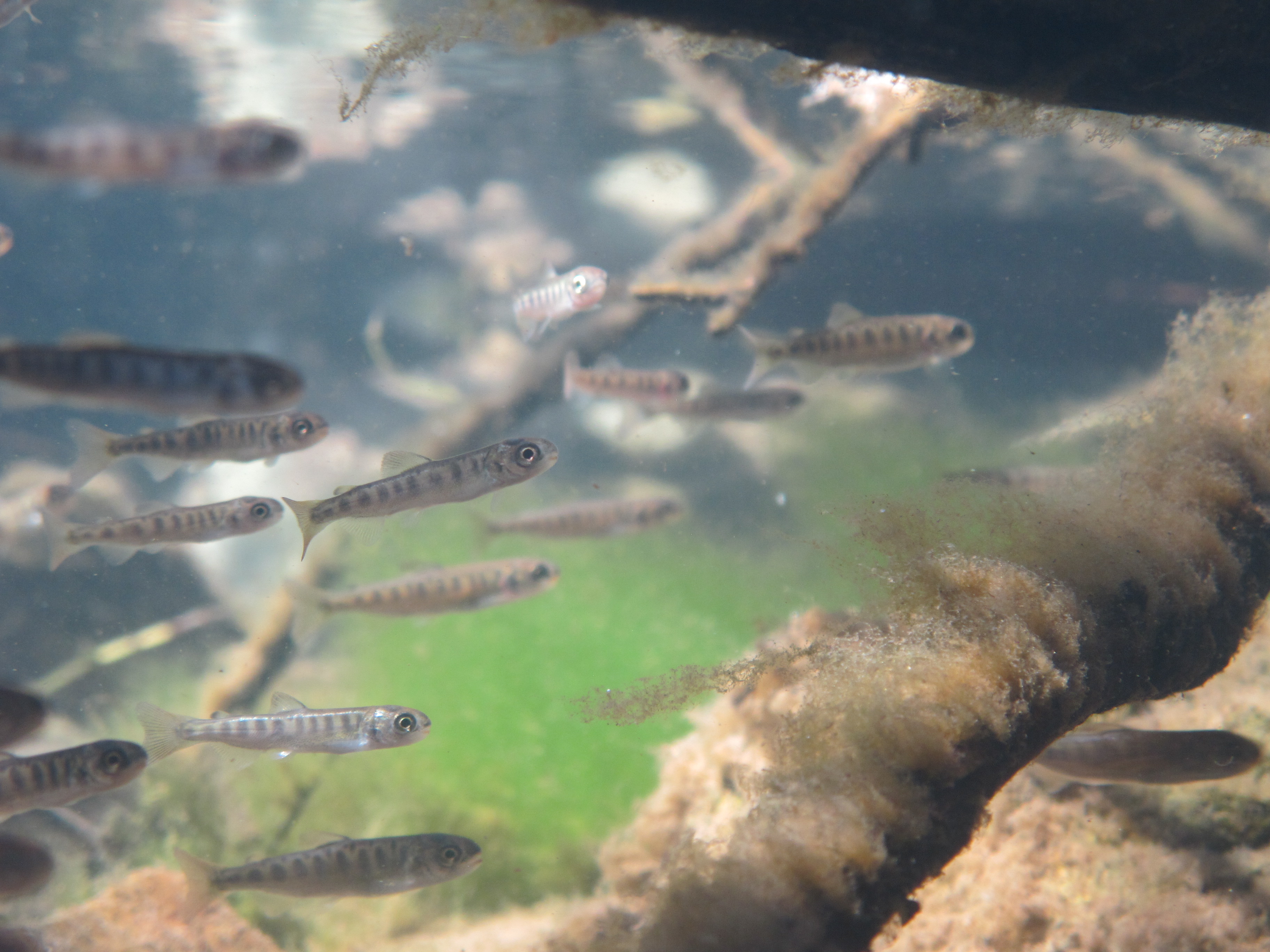
Figure 1. Sea surface temperatures (°C) and climate conditions during an El Niņo.
The ocean-atmosphere interaction, known as the El Niņo-Southern Oscillation (ENSO), affects the location of the jet stream, altering rainfall patterns across the United States and throughout the tropics. The shifting of the jet stream alters the location and frequency of severe storms and hurricanes in the Atlantic and Pacific Oceans. La Niņa tends to lead to wind patterns that favor the formation of hurricanes in the Atlantic while reducing the number in the Pacific. Whereas, El Niņo tends to reduce the number of hurricanes in the Atlantic, but increase the number of hurricanes in the eastern Pacific.

La Niņa pushes the jet stream northward, forcing cold Arctic air away from the lower United States, while El Niņo pushes the jet stream south bringing more storms with it. In the absence of a La Niņa or El Niņo (i.e., ENSO-neutral), the jet stream is unconstrained resulting in an unpredictable weather pattern as the jet stream is allowed to meander wildly through the United States. In 2012, La Niņa dissipated last month and has not been replaced by an El Niņo. Climate models indicate it is unlikely that the La Niņa will re-develop later in the summer, but there is uncertainty as to whether ENSO-neutral or El Niņo conditions will prevail. We could be in for another crazy year of weather if the jet stream is left untamed.












